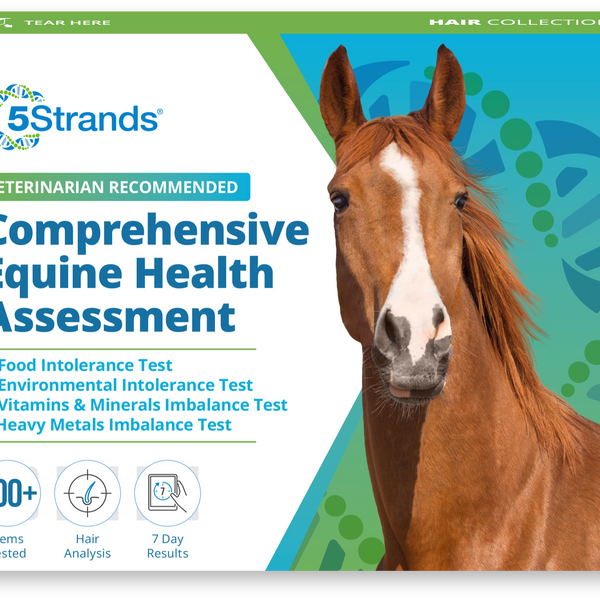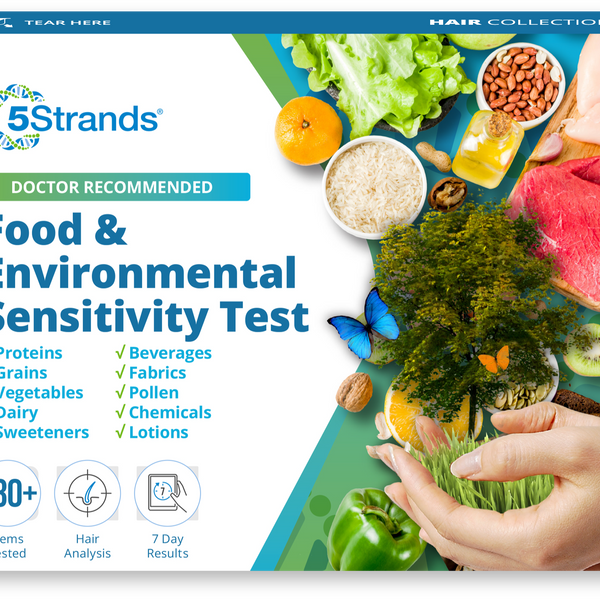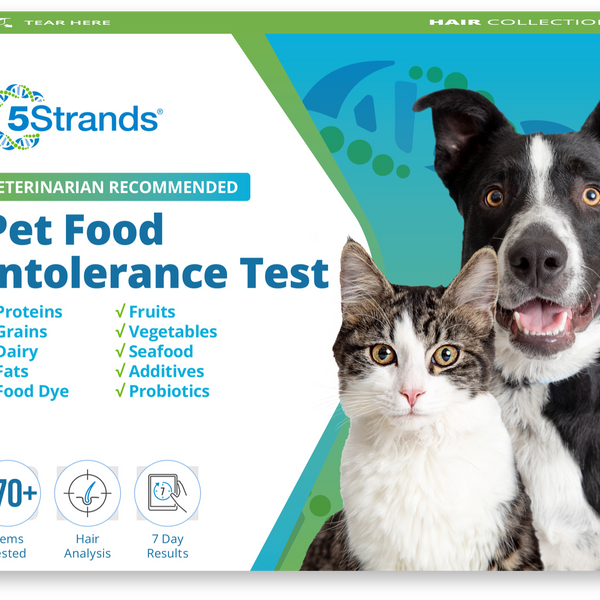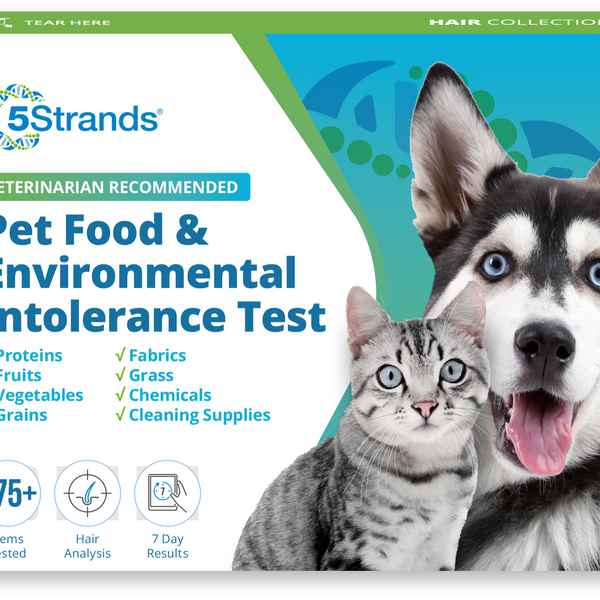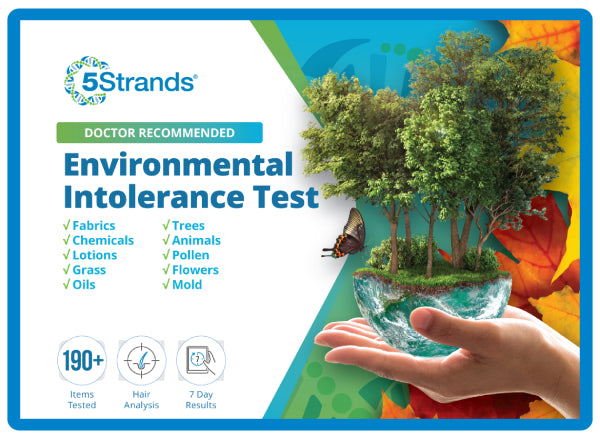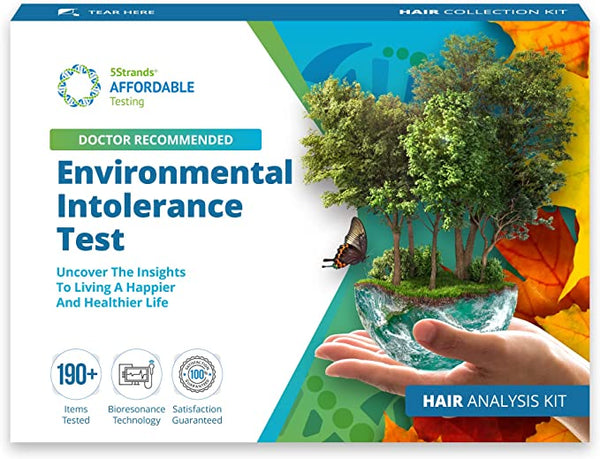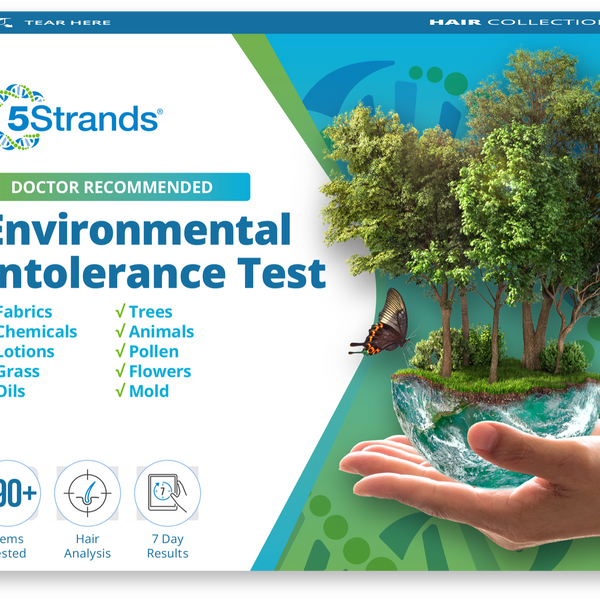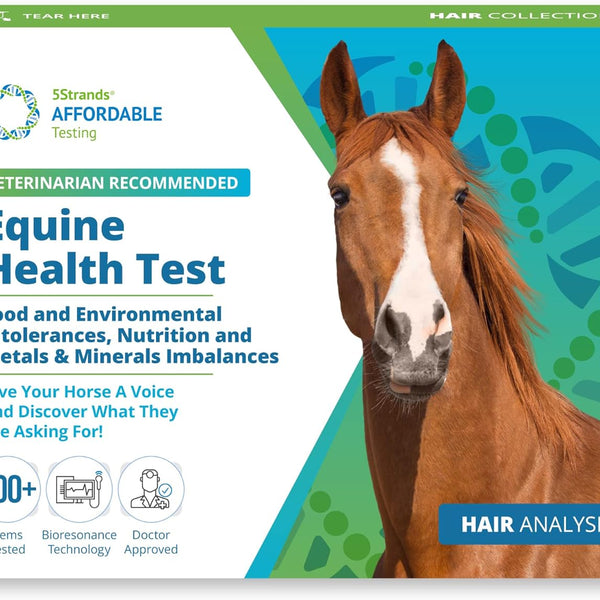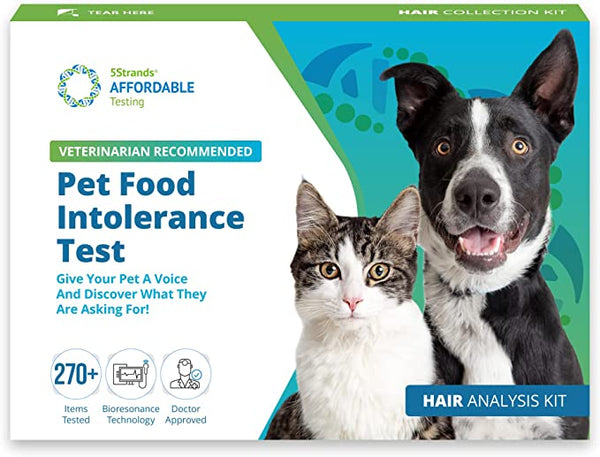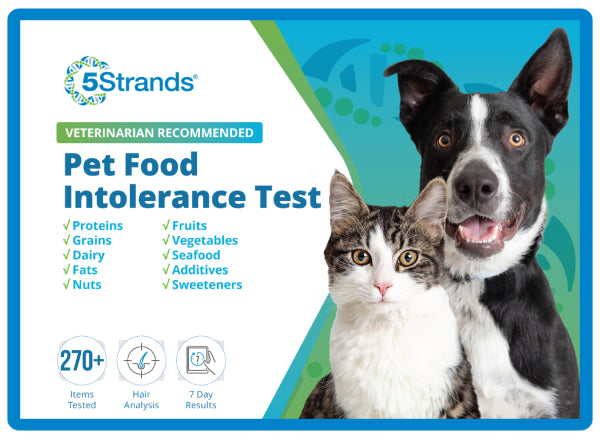There are so many choices in the pet food aisle — many pet parents don’t know where to start. Here’s our guide to picking the best food for your dog.
Written by Jennifer Nelson — Medically reviewed by Dr. Erica Irish
Updated January 19, 2022
(original article) - https://betterpet.com/how-to-choose-dog-food/
The essentials
- Picking dog food isn’t as complicated as it may seem — It really comes down to your dog’s age, health, and breed.
- Your veterinarian, breeder, or experienced pet parent friends can help — If you’re not sure what food is best for your pup, your dog’s vet will be happy to help.
- Reading dog food labels and understanding ingredients can go a long way — It’s important for pet parents to understand what and how much their dog should eat.
- Some dogs may need special diets — Puppies, senior dogs, and dogs with medical conditions may need dog foods that are made just for them.
If you’ve ever taken a walk down the dog food aisle, then you know that choosing dog food can be really overwhelming. As you look at all the colorful cans, bags, rolls, and boxes, you may be wondering where to start. Don’t worry, many pet parents find themselves in your shoes. Whether you adopted a new dog, are raising a puppy, or changing your dog’s food, you’ve come to the right place.
But just like with human food, there are many healthy options for pets. In most cases, there’s no one “best” food, rather several great options to keep your dog healthy. Before you purchase new dog food, always ask your pet’s veterinarian. They can provide helpful recommendations and guide you toward the right food for your pup.
Six types of dog food
First, you need to know about the different types of dog food that you can choose from.
Dry food. Dry dog food is the least expensive and most common type of dog food. It comes in many flavors, needs no refrigeration, and is easy to feed your dog. Dry food consists of 90% dry matter and 10% water. During the prep process, grains, meats, vegetables, by-products, vitamins, and minerals are mixed together. Then, they’re forced through a machine that cuts the kibble. Lastly, they’re cooked to a high temperature to destroy toxins, converted to an easily digestible form, and flash sterilized.
Canned food. Canned dog food, also known as wet food, contains about 65%-75% wet ingredients and 20%-30% dry ingredients. Canned foods may contain higher quantities of beef, poultry, or fish. Some wet food is also made with grains such as wheat or soy. The mixture is blended together and sealed in sterilized cans, which helps destroy foodborne bacteria. Canned dog food has a long shelf life, yet needs refrigeration after opening. It’s pricier than dry food but tastes yummy to dogs.

Soft-moist food. This type of dog food is made up of about 60%-70% dry food with 35%-40% water, making it feel soft and look moist. Soft-moist foods don’t require refrigeration. But they do use humectants to keep the food moist and preservatives to keep the shelf life longer. Soft-moist foods may also include simple sugars and salt. Dogs typically like soft-moist food but it’s more expensive than dry food.
Raw food. Raw, meat-based diets have gained some popularity in recent decades. However, the American Animal Hospital Association (AAHA), the American Veterinary Medical Association (AVMA), and the Canadian Veterinary Medical Association (CVMA) have all developed statements discouraging feeding raw or undercooked meats to dogs. Raw food diets, whether made commercially or at home, may not remove all bacteria. There’s also some concern that a raw food diet may not be nutritionally balanced.
👉 Studies from the University of Liverpool show that raw diets increase exposure to bacteria like Salmonella for both dogs and their owners.
Fresh food. Fresh dog food is the most expensive dog food. It’s made with fewer preservatives that must be refrigerated or frozen. Many companies now make fresh lines of dog food, even some with subscription models. Most fresh dog foods are cooked at a low temperature and consist of meats, grains, fruits, and vegetables. Fresh food diets have a lower caloric density than dry kibble, as a cup of dry fruit weighs more than a cup of fresh fruit. However, despite nutritional claims and marketing that fresh food is human-grade, fresh isn’t any more or less nutritious for your dog.
Prescription dog food. If your dog has been diagnosed with a health issue or is recovering from surgery, your vet may prescribe a special prescription dog food diet. These dog foods are only available with a prescription from your dog’s veterinarian. There are a wide variety of prescription dog foods for illnesses such as cancer, diabetes, kidney issues, and weight management, to name a few. These diets include extra nutritional support or exclude ingredients that can further exacerbate your dog’s health issue. They’re the most expensive types of dog foods.
🚨 MYTH: Grain-free diets are best. A few years back, grain-free dog foods were trending. Then the FDA got reports that dogs who ate grain-free diets were being diagnosed with dilated cardiomyopathy (DCM), a disease of the dog’s heart muscle that results in an enlarged heart. The FDA has since continued to investigate any connection between heart disease and grain-free foods. Veterinarians now recommend avoiding grain-free dog food unless your dog has a serious grain allergy.
What factors go into choosing dog food?
With all the available choices, how can you choose the best food for your dog? Here are some tips to consider:
- Your dog’s age. Are they a puppy, adult, or senior?
- Your dog’s breed or breeds. Toy breeds and giant breeds may have special dietary considerations.
- Your dog’s health. Take into account any conditions that your dog may have.
- Your dog’s weight. Is your dog a healthy weight, underweight, or overweight?

- Your own preferences. Do you prefer to use natural, holistic, or organic dog food?
- The manufacturer. Look for companies that have veterinary nutritionists to develop their formulas.
- The brand. Do you prefer to buy well-known or name-brand dog food?
Companies like Royal Canin, Science Diet/Hills, Purina Pro Plan, Iams, and Eukanuba have good track records with vets because of their quality of ingredients, quality control, and the diets are formulated by board-certified veterinary nutritionists.
Dr. Erica Irish
DVM
What should you avoid in dog food?
There are some problematic ingredients in certain dog foods that you should stay away from. These ingredients are highly debated in the veterinarian community or have caused illnesses in dogs:
- Melamine. A type of plastic that is added to dog food to make it appear to contain more protein.
- BHA, BHT, and Ethoxyquin. These preservatives have been found to be toxic to dogs.
- Propylene Glycol. It’s an additive that improves moist texture.
- Carrageenan. It’s extracted from red seaweed and used as a thickener.
- Dyes and corn syrup. They’re used to artificially color dog food.
- MSG. It’s used as a flavor enhancer.
- Sodium Hexametaphosphate. It’s used as a tartar controller in dental treats.
Also, skip grain-free foods, unknown brands, and unrealistic or exaggerated claims in dog food marketing. “Almost any computer algorithm can put a diet together, but without a nutritionist’s approval, or clinical data to back up the food’s efficacy, there’s no guarantee that the diet will be great for your pet,” says Dr. Irish.
Choosing a well-balanced food for your dog
The best dog foods include high-quality meats, grains, fruits, and vegetables. And, they’re specially formulated to meet your dog’s minimum nutritional requirements. Since dogs have a wide range of nutritional needs during their lifetime — puppies, adult dogs, senior dogs, dogs with certain illnesses — matching your dog’s age, breed, activity level, and health to their dog food is the single best way to ensure you’re selecting the right one.
For example, a puppy should have a puppy formula for their first year of life, while a senior dog should eat a formula designed for older dogs. The nutritional needs of puppies are vastly different from senior dogs. Likewise, if your dog has a health condition, feeding a dog food formula designed for that condition may be best for them.
Always talk to your dog’s veterinarian if you have a toy or giant dog breed. Also, if your dog has a sensitive tummy, food allergies, or other health conditions, your veterinarian can recommend the best diet for their particular condition.
How to read a dog food label

You’d think that reading a dog food label would give you a clear picture of what’s in the food. But aside from its fine print and looking for ingredients to avoid, the ingredient list can prove complicated and not all that helpful.
First, you want to make sure the following statement is on your dog’s food: “Is formulated to meet the nutritional levels established by the AAFCO Dog Food Nutrient Profiles.” The Association of American Feed Control Officials (AAFCO) has established guidelines for dog food manufacturers to ensure that the food contains all the required nutrients for your dog’s stage of life. AAFCO recommends feeding a dog food formula designed for your pet’s life stage rather than one that encompasses “all life stages.”
Ingredients are listed in the order of most prevalent to least prevalent. So pet parents should look for beef, chicken, or fish to be listed as the first ingredient. Also watch for the reuse of filler ingredients like corn flakes, cornmeal, and ground corn listed as separate items — all of which are still corn.
Wording can also be tricky on dog food packaging. For instance:
- Dog food that is called “beef dog food” must include beef as 70% of the ingredients, including water.
- Dog food that uses the term “beef entree” needs to only include 10% beef by weight, including water.
- Dog food that uses the term “with beef” needs to only have 3% of beef in the product.
🚨 Myth: Dogs are carnivores. Surprisingly, unlike cats, dogs aren’t really strict carnivores. They can get nutrients from grains, fruits, and vegetables.
How often to feed your dog
When it comes time to feed your dog most dogs need to eat twice per day, once in the morning and once in the evening. Dr. Irish warns that very young puppies could need to eat up to three to four times per day. If you’re not sure how much to feed, look for guidelines on the dog food packaging. You can also check with your dog’s veterinarian to make sure you’re feeding the right amount.
Introducing a new food
If you’re changing your dog’s food after adoption, which is likely unless you’re continuing to feed the food the breeder or rescue organization used, do it gradually.
- First few days. Add 25% of the new food to 75% of the old food for a few days.
- Over a week. Next feed half and half, then 75% new food with 25% of the old food until you complete the transition over a week or more.
This will help your dog adjust to the new food without any tummy upset. Ask your veterinarian for advice and follow the slow switch method any time you change your dog’s food.
The word on people food and treats
While your dog’s diet should mainly consist of dog food, there are occasions when you may allow dog treats, dental chews, and the occasional bite of safe people food. The trick to keeping your dog healthy and happy — and their weight in check — is to make sure that treats make up no more than 10% of your dog’s daily calories.
If your pet is experiencing unwanted symptoms or if you just want to be sure your pet is getting the best nutrition possible according to their own unique body, then you can always start with the 5Strands Pet Food Intolerance Test.
 This at home hair analysis test will look at over 275 commercial pet food ingredients. The results will provide you with an instant elimination guideline so you can create your pets “forever” diet. You can now choose the proper food for your pet without all the guesswork!
This at home hair analysis test will look at over 275 commercial pet food ingredients. The results will provide you with an instant elimination guideline so you can create your pets “forever” diet. You can now choose the proper food for your pet without all the guesswork!
If you are still struggling to determine what to feed your pet, you can always schedule a consultation with our Holistic Pet Nutritionist - Tazz Latifi.

Her expertise in the pet food industry will allow her to recommend the appropriate food according to your pet's test results.

